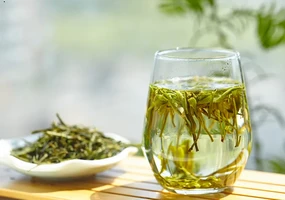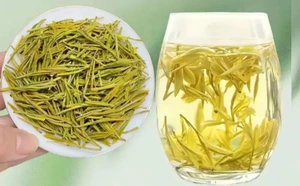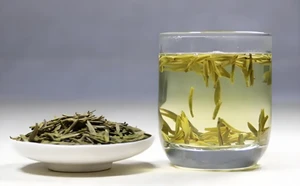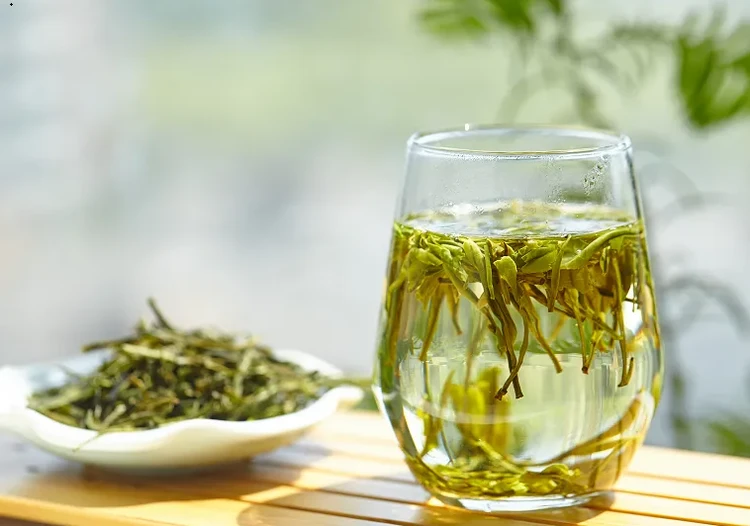

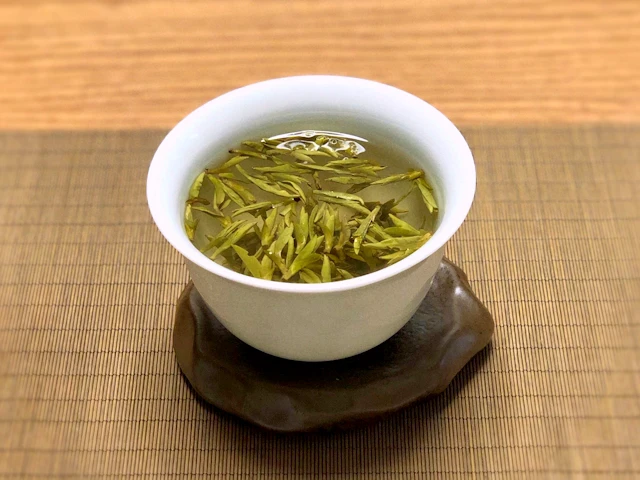
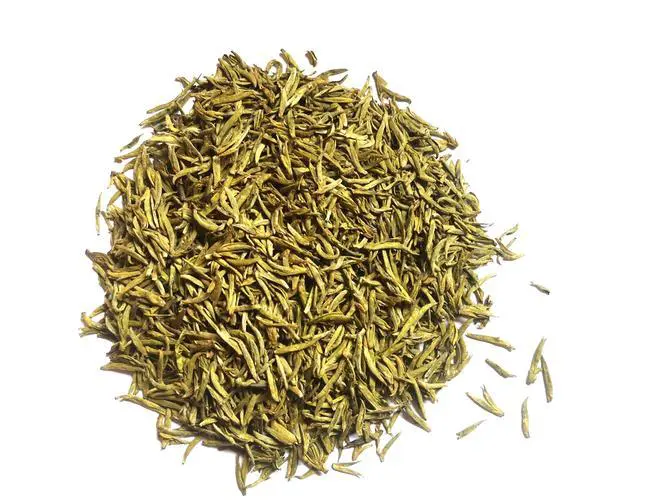
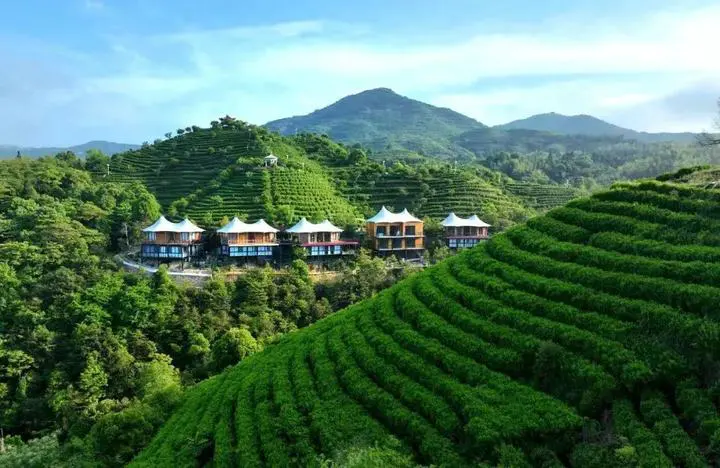
Ping Yang Huang Tang (Pingyang Yellow Soup)
Origin
Zhejiang
Category
Yellow Tea
Harvest Time
Spring
Processing
Yellowing & Drying
Description
Ping Yang Huang Tang, meaning 'Pingyang Yellow Soup,' is a rare and exquisite Chinese yellow tea from the Pingyang region in Zhejiang Province. Made from tender buds and leaves, it is celebrated for its mellow, sweet flavor, smooth texture, and distinctive golden-yellow liquor with a subtle, fresh aroma.
